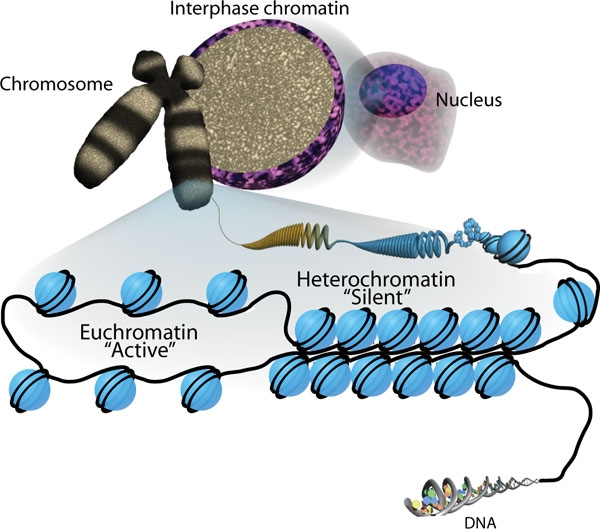
One chromosome in each of the 23 pairs originates from the mother and the other from the father.īoth interrelated chromosomes are termed homologous because they each have a variant of the same gene. Chromosomes are present as pairs in most cells of the body. The chromosome is only well visualized under the light microscope during the metaphase of mitosis, as it is maximally condensed during this phase.

Each chromosome is a linear DNA molecule of a certain length. The human genome comprises 3.2 x 10 9 base pairs, which are distributed over 23 pairs of chromosomes. The bases are located inside the helix and form the base pairs adenine and thymine or guanine and cytosine, which are linked by hydrogen bonds. The DNA backbone, with alternatively linked sugar and phosphate residues, is located on the outside. In contrast, RNA only contains a portion of the information and can have completely different functions in the cell.ĭNA is structurally characterized by its double helix: two opposite, complementary, nucleic acids strands that spiral around one another. DNA is longer than RNA and contains the entire genetic information of an organism encoded in the sequences of the bases.

Each nucleotide is comprised of a sugar, a phosphate residue, and a nitrogenous bases (a purine or pyrimidine). Nucleic acids, DNA ( deoxyribonucleic acid) and RNA ( ribonucleic acid), are long linear polymers composed of nucleotide building blocks. The genetic information of an organism is stored in the form of nucleic acids.


 0 kommentar(er)
0 kommentar(er)
